
Native Species: Our Home is Their Home
February 8, 2021 | Topics: Stories
by Jill Kunsmann
We humans often think of our home and yard as just that…OURS. We spend both time and treasure on making it an enjoyable, healthy, and safe place for our families to live. It’s a place for us to relax…maybe a hammock under a shade tree. Maybe a backyard barbeque with friends.

It’s easy to overlook the fact that we share our yards with a vast ecological system, one that also requires nurturing, and one that can also fill us with the wonder and magic that only Mother Nature knows how to create.
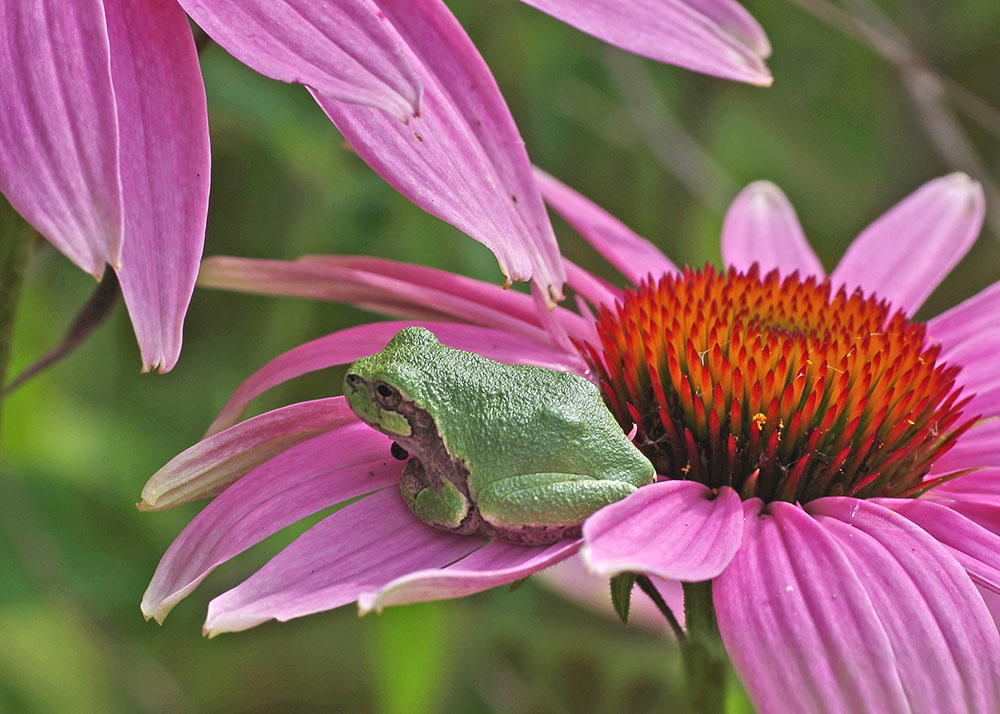
There is an urgent “call to action” we should all heed. Nearly three billion fewer birds exist in North America today than in 1970. That means one in four birds have vanished in the last half century. Many of these are the common species we are likely to enjoy at our backyard feeders.
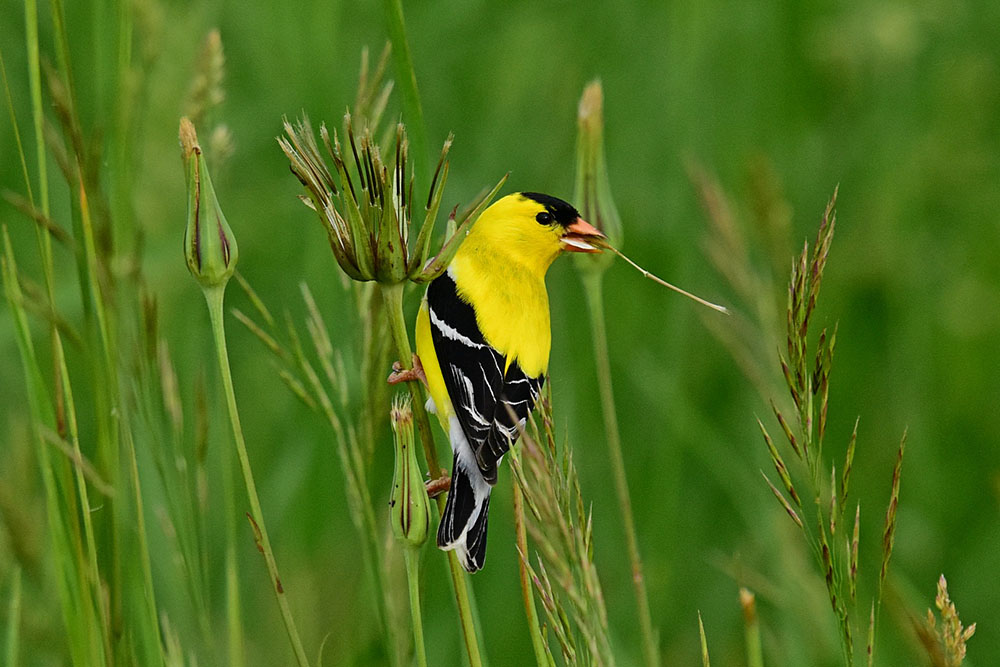
We may be familiar with the backyard birds and butterflies in much the same way we are with neighbors who live down the street from us. We might know their names, but we would be hard pressed to fill in the details about them. Here’s an important fact to consider: birds, butterflies, and other important pollinators don’t just live down the street; many of them actually live in our yards. The question we should be asking is “for how much longer?”
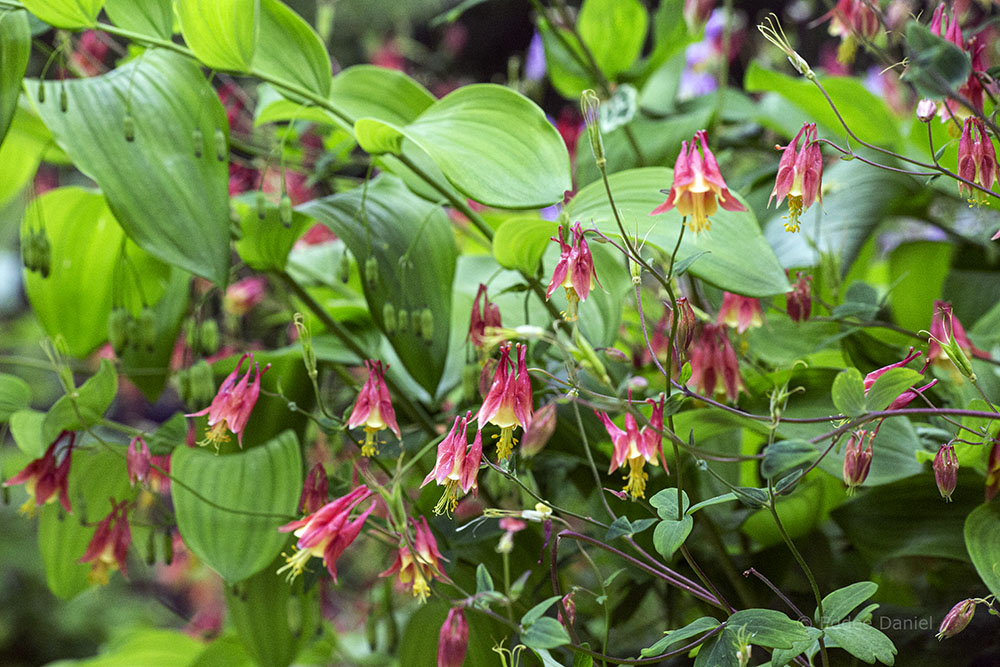
Then there is the Monarch butterfly. The yearly count of monarchs overwintering in Mexico in 2020, showed a decrease of 53% from the 2019 count. This is well below the threshold at which government scientists predict the migration could collapse.
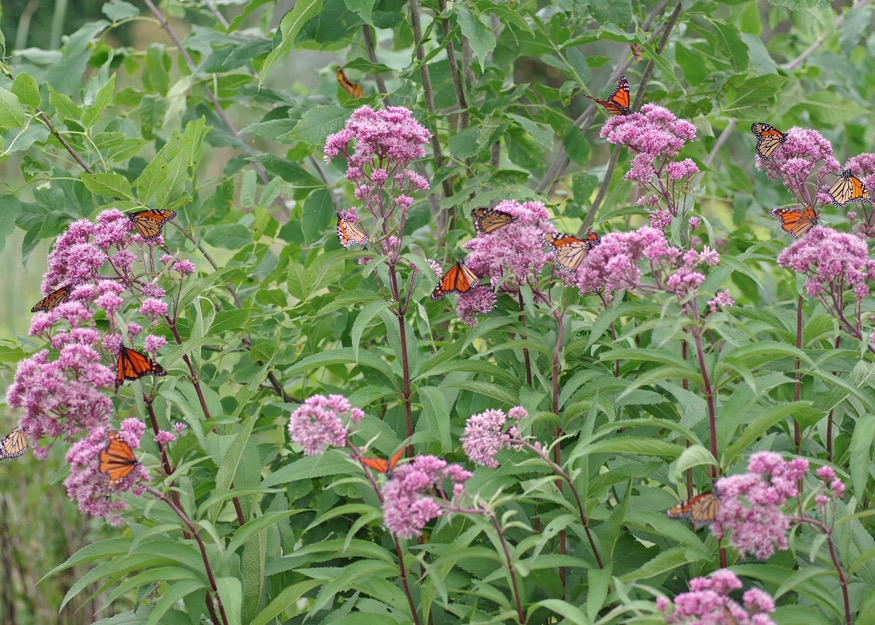
In the spirit of working together to find solutions, the Western Great Lakes Bird and Bat Observatory has launched the Neighborhood Habitat Improvement Project (NHIP), an innovative program designed to engage and empower residents to improve urban habitat at the most local scale, individual yards.

The beneficial results of this project will include enhanced suburban habitat for birds, improved water quality, expanded scientific understanding of urbanization, and resident engagement in the process of science. The same actions can benefit both water quality and wildlife—e.g. reducing turf-grass area, increasing native plantings, reducing chemical inputs, and implementing green infrastructure. Working together as a community, we will begin to understand the effects of these changes on birds and wildlife.
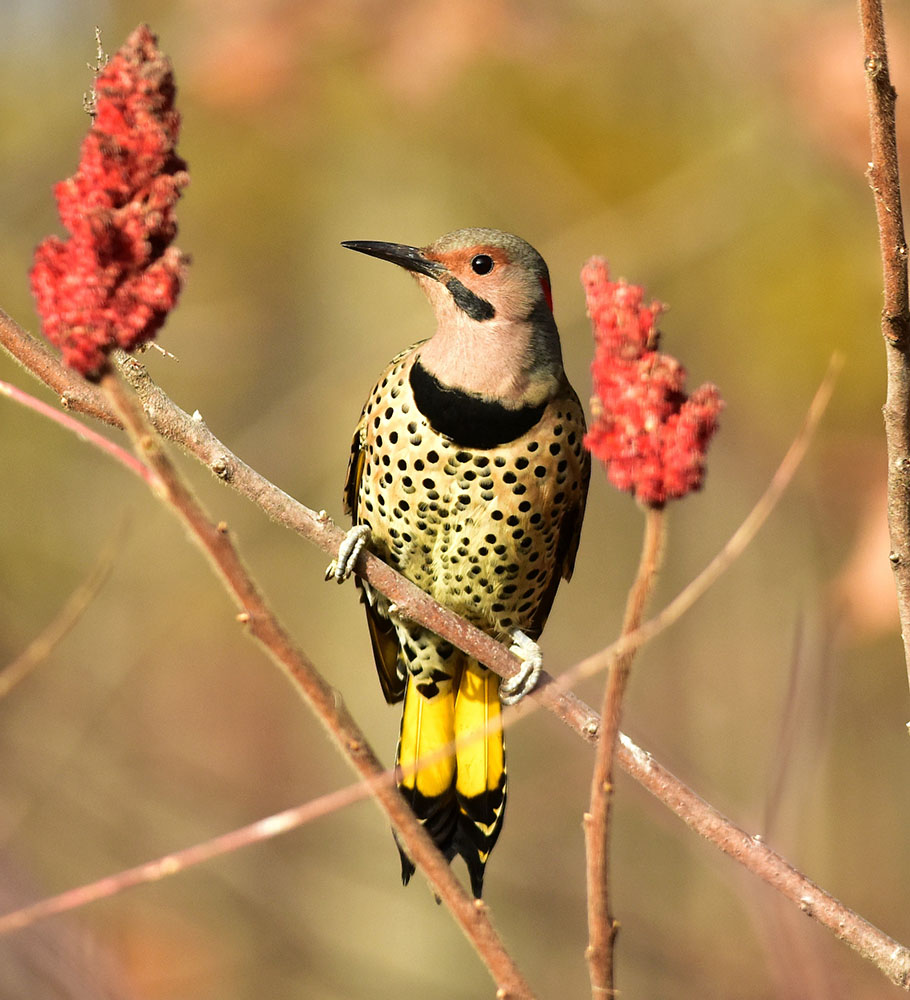
This summer we are working with community partners and property owners to expand native habitat in yards and parks. By expanding native plantings, we will provide insects and birds a source of food and lodging that is vastly superior to what non-native plants can offer. Consider the milkweed plant: it is the only host plant that a Monarch caterpillar can feed upon. No milkweed, no Monarchs.

And then there are oak trees. Oaks, according to Douglas Tallamy, “support 534 species of lepidoptera (butterfly and moth) caterpillars—more than any other native tree or plant. These caterpillars are not only the primary food source for migrating and breeding birds, but are essential food for baby birds.” The difference between providing native plants for our wildlife instead of non-natives is nutritionally comparable to giving our children vitamin rich fruit juice instead of soda pop. We need to make healthy choices for ourselves and for our backyard inhabitants.
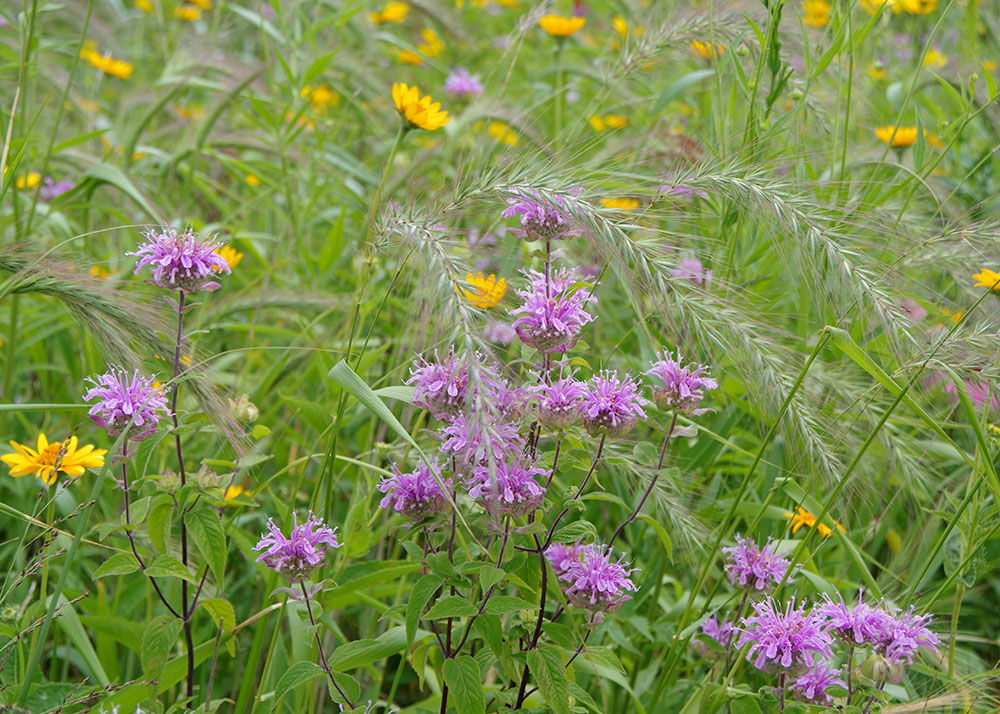
Beginning this February, the Observatory is launching a free webinar series. We hope that these sessions, presented by knowledgeable speakers about environmental topics, will inspire and motivate property owners to make bird and pollinator-friendly changes in their homes and yards, while providing some “how-to’s.” There will be new topics each month (so stay tuned to our website). The February through April webinars are now open for registration.
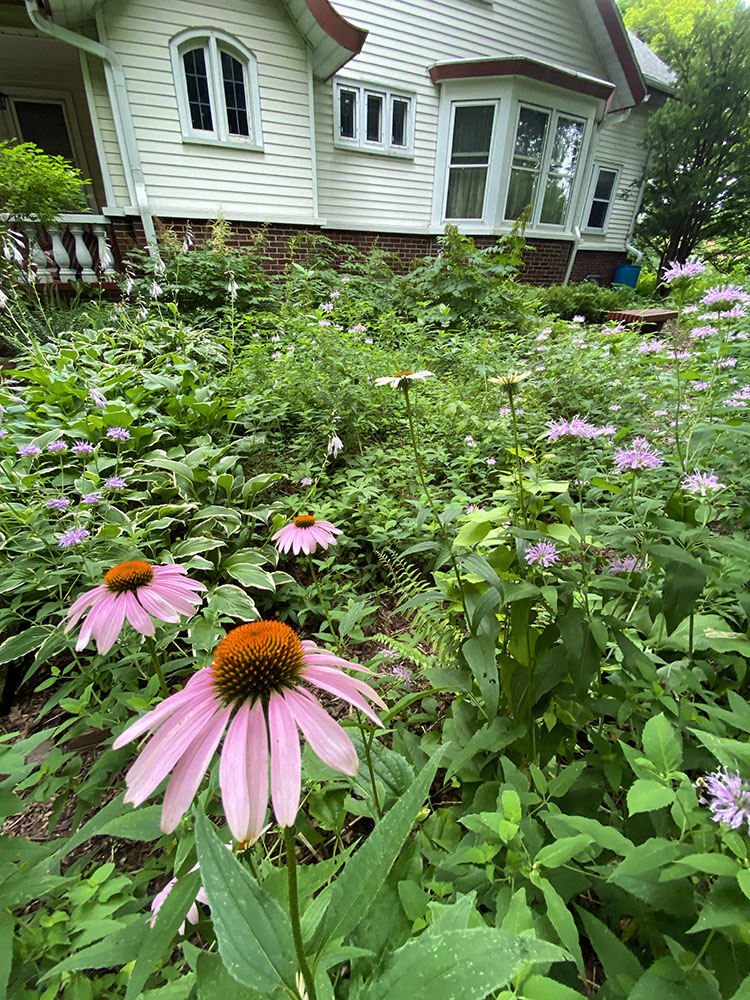
We begin on February 17th with Bill Volkert, a retired DNR naturalist, sharing how he and his wife, Connie, naturalized their 10-acre property which now boasts more than 675 plant and wildlife species, including 270 different birds.

Whether your yard is measured in acres or in feet, there will be webinars and resources that address innovative ways to increase native habitat.

Photo: Jill Kunsmann
Link arms with us and become an important contributor to our community’s best conservation practices starting in your very own yard. You can read more about, and register for, webinars here.
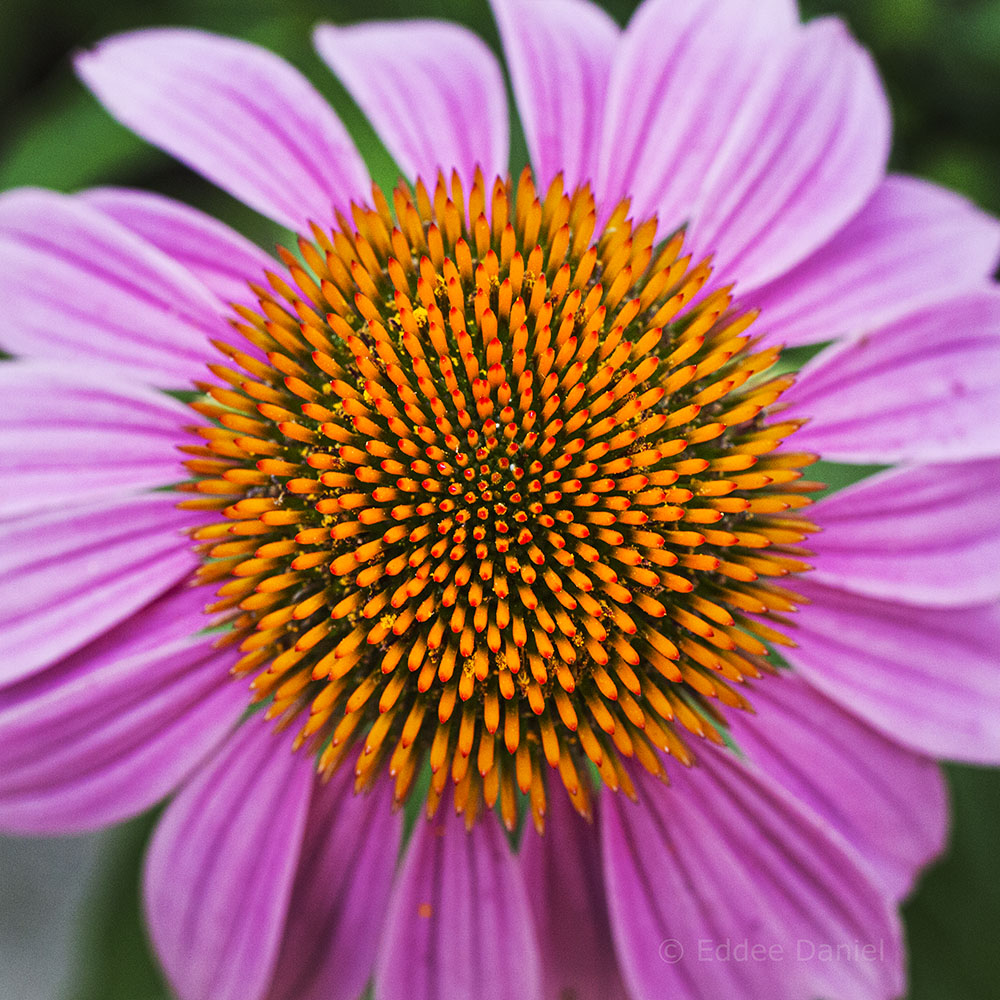
Questions? Please contact info@wglbbo.org for more information.
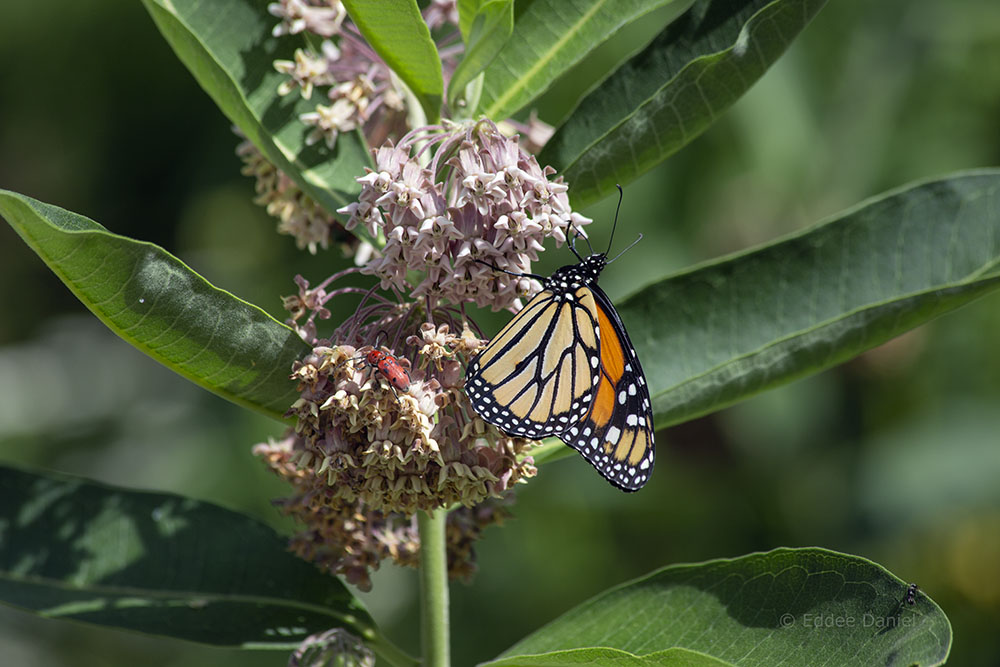
Jill Kunsmann is the Outreach Chair of the Western Great Lakes Bird and Bat Observatory. WGLBBO is a partner organization to A Wealth of Nature. The featured photo at the top of a suburban yard planted with (mostly) native species is by Eddee Daniel, who would like to give credit to Marek Landscaping for the quality of the plantings.

